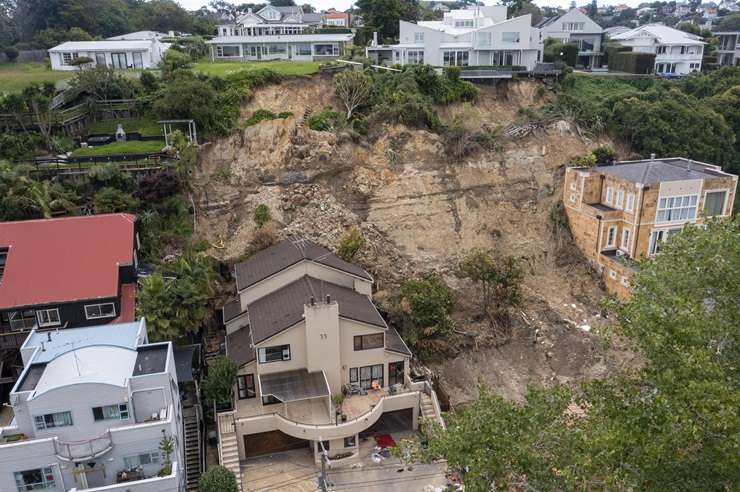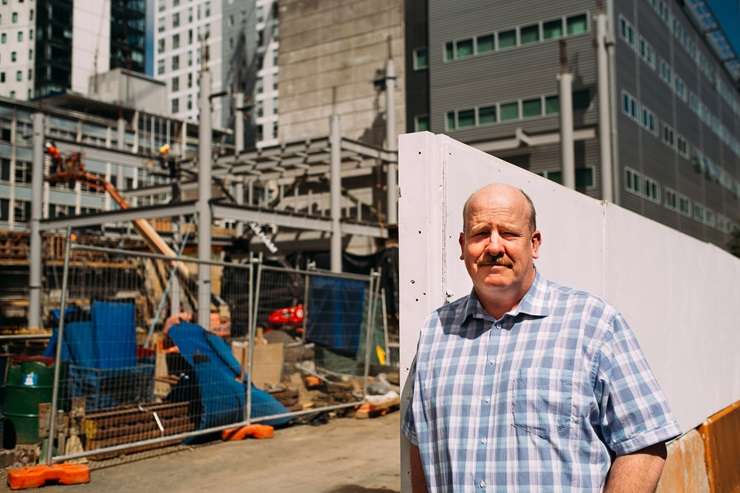New Zealand’s abilities to cope with another one-in-100-year-flood event have been questioned, with homeowners in prone areas likely to suffer.
The floods that caused widespread damage and numerous fatalities at the start of 2023 were classified as freak weather events, but even though the chances of them striking again this year or next are low, that doesn’t mean they won’t happen.
Nava Fedaeff, NIWA’s manager for climate, atmosphere and hazards, told OneRoof that while the country was prepared for another one-in-100-year flood “from a science perspective”, there were real challenges with infrastructure.
“If we’re looking at it from a science perspective, in terms of understanding what’s happened in the past and identifying the areas that are most prone, then we are well-prepared,” she said.
Start your property search
Read more:
- How to prepare for your fixed rate mortgage cliff
- Westpac chief economist: Don't expect interest rate cuts until 2025
- How to turn a real estate disaster into a money-spinner
“We have a lot of insight into what climate change means and what our future climate might look like. Weather forecasting has advanced quite a bit in the last decade.
“But doing stuff is where the challenge lies. Infrastructure is obviously a really big part of that. You might know where your problem areas are, but you can’t just click your fingers and make [infrastructure] happen. There’s a lot at play there from a political and a financial perspective.”
The big issue from a climate perspective, Fedaeff said, was that a warmer atmosphere held more moisture. “For every one degree of warming, the airmass can hold about 8% more moisture, [although] it’s a bit more complicated than that. It’s a bit like you’re wringing out a sponge. But with a warmer climate, your sponge is bigger. So you’re going to have more rain from that same event, which is why you hear that because of climate change, we are expecting extreme rainfall to become more extreme and also more common.”
Events that would have been viewed as simply a nuisance in the past would likely become more significant.
Fedaeff said New Zealand was very much still in emergency response to the climate events of 2023. “That actually makes it really challenging. You hear things like ‘building back better’. That’s what people want to do. But when you’re thinking about being prepared for climate change and adaptation, that takes time. You need to engage with the community and there’s a lot of planning that needs to go into that.”

An aerial view of the Remuera site where a landslip killed one person as it crushed his house, now demolished and removed. Photo / Getty Images
John Tookey, professor of the School of Future Environments at AUT, agreed that New Zealand was still in flood recovery mode, and highlighted the need for improved infrastructure to cope with further extreme events.
“If you look at the stats, as far as the OECD is concerned, we’re absolutely at the lowest of the low end of the bottom percentile in terms of the amount of infrastructure investment that we’ve made,” Tookey told OneRoof.
“Are we well-prepared? The answer is no.”
Current infrastructure work was primarily about patching the errors, said Tookey. “You’ve seen a couple of major sink holes we’ve had in Auckland and we’re dealing with these things on an emergent basis.”
Tookey rated New Zealand a C for flood preparation and said doing what really needed to be done to prepare for the another year like 2023 was extremely expensive.
“Probably the biggest thing that need to be considered is how we sit currently with the plan for managed retreat from areas that are most likely to be affected in the 100-year-plus event.”
A recent government report talked about relocating up to 300,000 homes, he said – the equivalent of six Hamiltons.

Professor John Tookey: “Are we well-prepared? The answer is no.” Photo / Supplied
Current proposals would see owner-occupiers reimbursed for managed retreat, but rental property owners may only get 50% and owners of second homes such as baches, nothing, said Tookey.
The report, which was published in August 2023, noted there was a lack of national direction on how to plan for relocation, and that councils were not required to undertake adaptation planning.
That doesn’t bode well for homeowners, said Tookey, adding that future flood victims could expect a “festival of drama”.
Tookey said authorities and developers should be considering where and how they build homes in the future. For example, living might move to the first floor, with the ground floor used as garages and built with blow out walls for flooding. “We're going to [need] retention tanks to minimise the immediate stormwater pulse that hits the drainage system.”
He noted there were still live building consents for developments on low-lying, flood-prone land.
- Click here to find properties for sale















































































